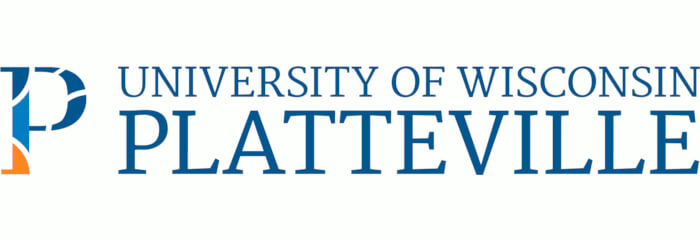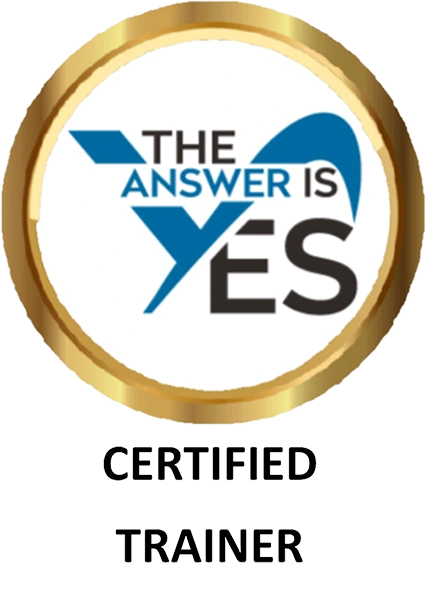“Boring and effective are mutually exclusive attributes in learning.” Michael Allen
I’m gearing up to teach an online course on How to Design Dynamic Learning curriculum. This has led me to consider the reasons why some training design results in ineffective training programs.
I came up with 35 reasons. In no particular order of importance, here they are:
- Wrong reason for the training;
- Wrong target group;
- Unclear goal;
- Wrong content;
- Wrong methods;
- Desired level of learning not identified;
- Learning activities cannot achieve the desired levels of learning;
- Heavy reliance on lecture and PowerPoint;
- Places all of the training content on PowerPoint slides;
- Lack of specific, observable and measurable learning objectives;
- Disconnect between objectives and learning activities;
- Over reliance on one or a limited number of learning activities;
- Does not accommodate different learning preferences;
- Focus is on the trainer instead of on the learner;
- Unaware that skill-building and attitude-changing training programs need different formats;
- Unaware that skill-building and attitude-changing training programs require different sets of learning levels and learning objectives;
- Focus is on content rather than how learners will learn;
- Neglect to have learners demonstrate what they’ve learned;
- Doesn’t recognize and disconnect negative transfer;
- Assumes that everything can be taught the same way;
- Too much content/learning activities for the allotted timeframe;
- Overwhelming amount of information;
- Content not made meaningful to the learners;
- Doesn’t include a way to achieve learner buy in;
- Doesn’t incorporate activities to check for learning comprehension;
- No logical flow;
- No transitions;
- Unrealistic about learners’ current knowledge level;
- Doesn’t build on what the learners already know;
- Doesn’t incorporate real life situations familiar to the learners;
- Uses terms and acronyms unfamiliar to the learners;
- Focuses on theory instead of practice;
- Ignores the organizational culture;
- Doesn’t hold the participants accountable for learning; and finally,
- It simply isn’t done- the trainer has no lesson plan.
Are there any other pitfalls that I missed?
When I teach curriculum design, I pride myself in showing trainers how to use a practical, proven and painless lesson design process that will enable them to anticipate, avoid, and address each of these potential pitfalls.
Some of these reasons are clearly philosophical. I am an avid proponent of participatory training, so the lack of necessary participatory components figures prominently in my list.
Some of the reasons relate to steps in the lesson design process that were omitted, either consciously or unconsciously. For example, a good needs assessment would help a training designer avoid a number of these problems.
Some of the reasons relate to a lack of awareness that learners bring knowledge and skill into a classroom. Their existing knowledge and skill can be a boon or a bane to the effectiveness of a training program.
Some of the reasons are due to ignorance of how the brain works and how that affects the learners’ ability to learn and retain information.
Some of the reasons are due to limited knowledge of the nature, scope and infinite variety of possible participatory learning activities.
Finally, most of the reasons can be attributed to the lack of a logical and comprehensive lesson design process.
May your learning be sweet.
Deborah





